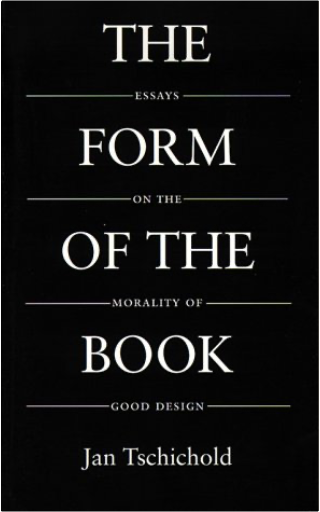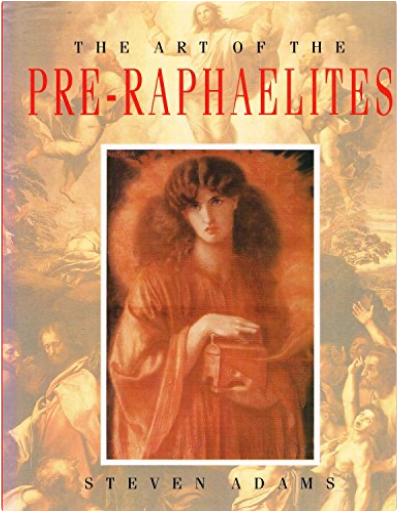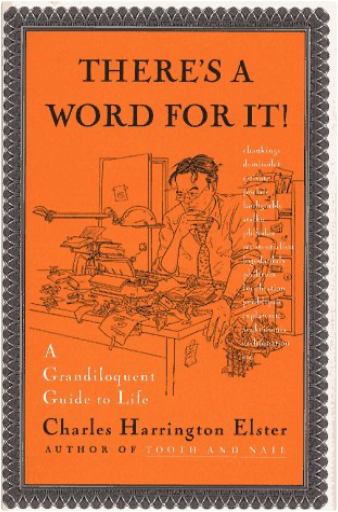 THERE'S A WORD FOR IT!: A Grandiloquent Guide to LifeCharles Harringto Elster THERE'S A WORD FOR IT!: A Grandiloquent Guide to LifeCharles Harringto Elster An exploration of seldom-used English words unearths such treasures as philodox, someone in love with his own opinions, and maltutolypea, getting up on the wrong side of the bed. 15,000 first printing.  A History of American EnglishJ.L. Dillard A History of American EnglishJ.L. Dillard This impressive volume provides a chronological, narrative account of the development of American English from its earliest origins to the present day. 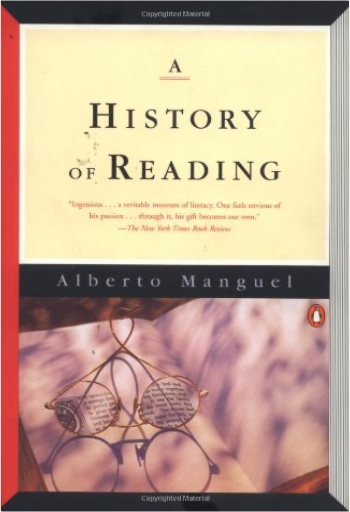 A History of ReadingAlberto Manguel A History of ReadingAlberto Manguel At one magical instant in your early childhood, the page of a book—that string of confused, alien ciphers—shivered into meaning. Words spoke to you, gave up their secrets; at that moment, whole universes opened. You became, irrevocably, a reader. Noted essayist Alberto Manguel moves from this essential moment to explore the 6000-year-old conversation between words and that magician without whom the book would be a lifeless object: the reader. Manguel lingers over reading as seduction, as rebellion, as obsession, and goes on to trace the never-before-told story of the reader's progress from clay tablet to scroll, codex to CD-ROM. 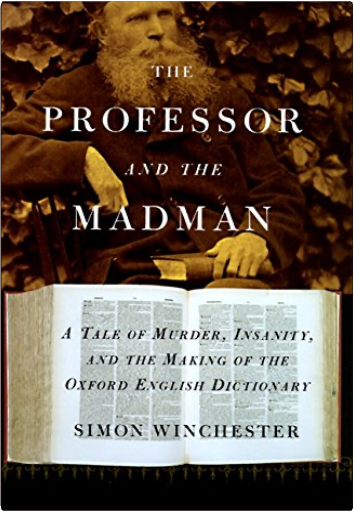 The Professor and the MadmanSimon Winchester The Professor and the MadmanSimon Winchester Mysterious (mistîe · ries), a. [f. L. mystérium Mysteryi + ous. Cf. F. mystérieux.] 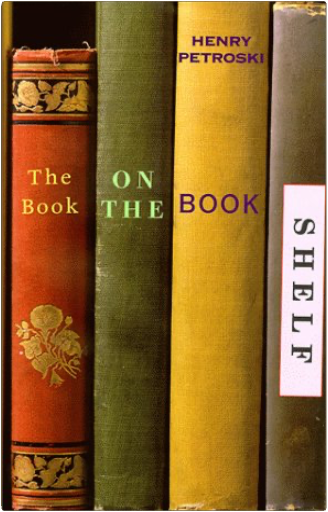 The Book on the BookshelfHenry Petroski The Book on the BookshelfHenry Petroski He has been called "the poet laureate of technology" and a writer who is "erudite, witty, thoughtful, and accessible." Now Henry Petroski turns to the subject of books and bookshelves, and wonders whether it was inevitable that books would come to be arranged vertically as they are today on horizontal shelves. As we learn how the ancient scroll became the codex became the volume we are used to, we explore the ways in which the housing of books evolved. Petroski takes us into the pre-Gutenberg world, where books were so scarce they were chained to lecterns for security. He explains how the printing press not only changes the way books were made and shelved, but also increased their availability and transformed book readers into books owners and collectors. He shows us that for a time books were shelved with their spines in, and it was not until after the arrival of the modern bookcase that she spines faced out. 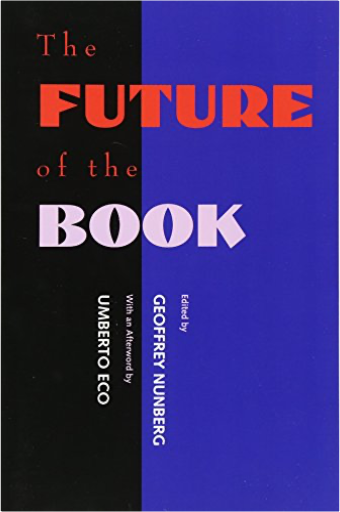 The Future of the BookGeoffrey Nunberg The Future of the BookGeoffrey Nunberg The death of the book has been duly announced, and with it the end of brick-and-mortar libraries, traditional publishers, linear narrative, authorship, and disciplinarity, along with the emergence of a more equitable discursive order. These essays suggest that it won't be that simple. The digitization of discourse will not be effected without some wrenching social and cultural dislocations. 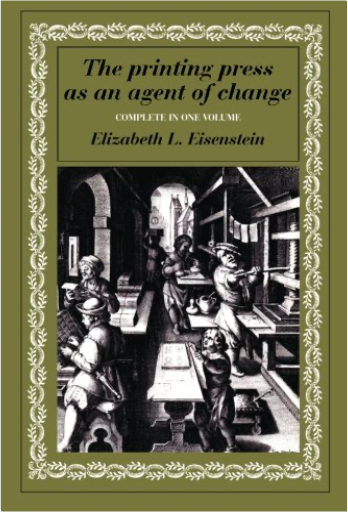 The Printing Press as an Agent of Change: Communications and Cultural TransElizabeth L. Eisenstein The Printing Press as an Agent of Change: Communications and Cultural TransElizabeth L. Eisenstein Originally published in two volumes in 1980, The Printing Press as an Agent of Change is now issued in a paperback edition containing both volumes. The work is a full-scale historical treatment of the advent of printing and its importance as an agent of change. Professor Eisenstein begins by examining the general implications of the shift from script to print, and goes on to examine its part in three of the major movements of early modern times - the Renaissance, the Reformation, and the rise of modern science. 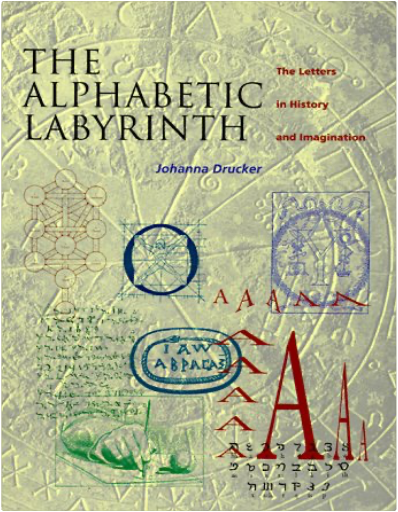 The Alphabetic Labyrinth: The Letters in History and ImaginationJohanna Drucker The Alphabetic Labyrinth: The Letters in History and ImaginationJohanna Drucker The letters of the alphabet have been the object of speculation since their invention almost 4000 years ago. The symbols represent sounds, yet they exist in their own right, often invested with quasi-magical power. This book examines the many imaginative, often idiosyncratic ways in which the letters of the alphabet have been assigned value in political, spiritual, or religious belief systems over two millennia. The birth of writing was linked to religion and cosmology and was endowed with semi-divine status. Plato saw letter-forms as reflecting ideas, while the Pythagoreans assimilated them to number-theory. The Greeks employed letters for occult and divinatory purposes, while the Romans used them in more practical ways, such as the invention of shorthand. The Middle Ages saw the rise of further theories about letters in Christian philosophy, alchemy and Kabbalah. Theories of their divine origin and mystical significance continued into the 18th and 19th centuries, becoming involved with nationalism and revolutionary political theory. In our own day letters of the alphabet are the subject of scholarly research, and inspiration to graphic artists and a fertile field for mystical speculation. This book explores this realm, and should be of interest to cultural historians, art historians, and anyone interested in the history of typography. 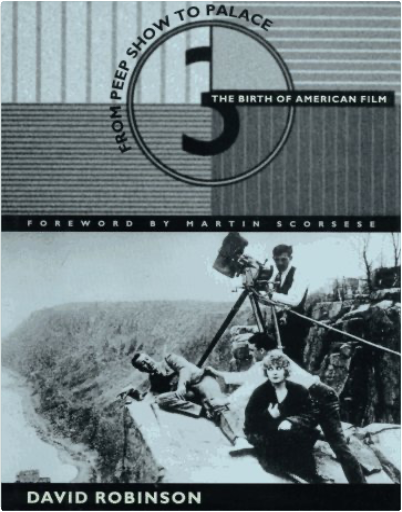 From Peep Show to PalaceDavid Robinson From Peep Show to PalaceDavid Robinson One hundred years ago, the crude realism of early cinematic exercises caused shockwaves among audiences - some even panicked. "On one occasion", read a news report from the time, "an old lady in the audience, quite unable to suppress a scream, started up in her seat and tried to scramble out," knocking over others on her way. This sort of reaction was not uncommon - on a screen that might have featured nothing more than minute-long dips of a running horse or a moving train, what modern viewers might see as a pale shadow of the explosive, full-colour blockbusters of 1995. This work recounts the enchantment of the early years of film, a trajectory which began with the "magic lantern" in the 17th century and progressed rapidly from 1893 to 1913, when the modern motion picture was born. It offers an account of the haphazard process which was the birth of American film. Including more than 150 drawings and photographs of the earliest devices of cinematic prehistory - colourful names like the thaumotrope, the phenakistiscope, the stroboscope, the Wheel of Life - the book leads readers along the winding path of missteps and innovation that led to the filmmaking technology we know today. In his pictorial essay, the author shows readers how these early gadgets actually worked and describes the shortcomings that led inventors to try, try again. He chronicles the early use of film as vaudeville sideshow, where it ran alongside contortionists, strongmen, performing animals and jugglers. He documents an age when the sheer spectacle of moving images precluded any notion of plot development or drama. The text goes on to describe fledgling dramatic efforts, ranging (without much variation of treatment) from prize-fights to Passion plays, which brought audiences back to the theatres in record numbers after they became bored with clips like "Moving Train". It takes a look at the nickelodeon theatres - the rise of venues with names like Nickolette, Dreamland, Theatorium, and Bijou Dream - the first places where cinema was the feature presentation. 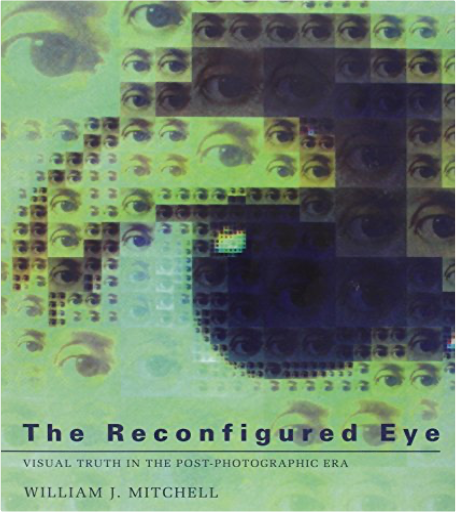 The Reconfigured Eye: Visual Truth in the Post-Photographic EraWilliam J. Mitchell The Reconfigured Eye: Visual Truth in the Post-Photographic EraWilliam J. Mitchell "An intelligent and readable approach to the digitization of images.... A useful overview of a critical subject."— New York Times Book ReviewEnhanced? Or faked? Today the very idea of photographic veracity is being radically challenged by the emerging technology of digital image manipulation and synthesis: photographs can now be altered at will in ways that are virtually undetectable, and photorealistic synthesized images are becoming increasingly difficult to distinguish from actual photographs.Continuing William Mitchell's investigations of how we understand, reason about, and use images, The Reconfigured Eye provides the first systematic, critical analysis of the digital imaging revolution. It describes the technology of the digital image in detail and looks closely at how it is changing the way we explore ideas, at its aesthetic potential, and at the ethical questions it raises. |
 Made with Delicious Library
Made with Delicious LibraryDenver, CO zipflap congrotus delicious library Tolva, John

